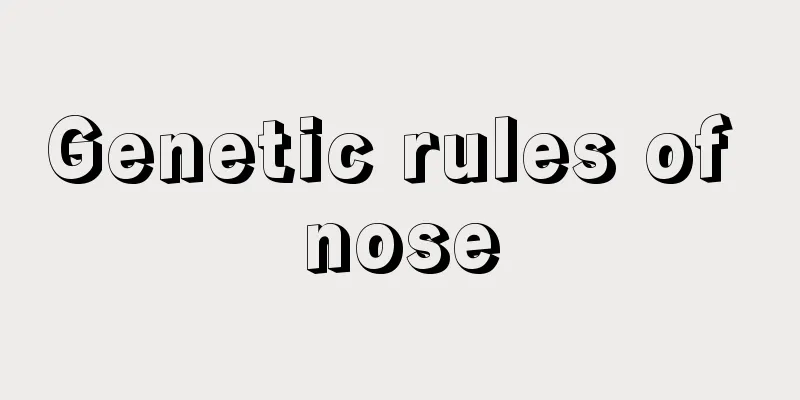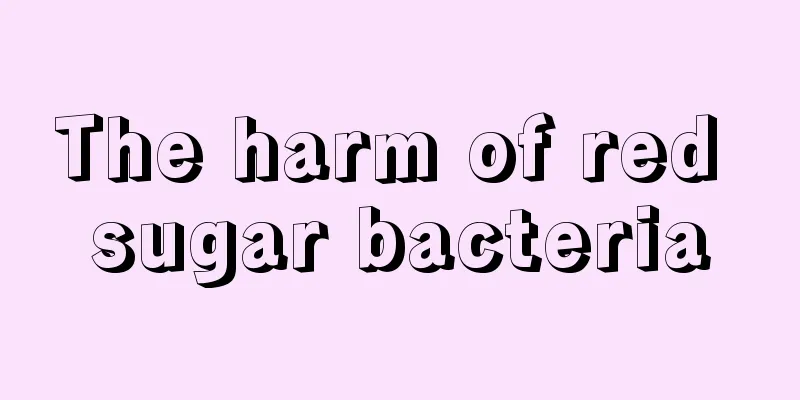How to treat chronic nephritis at an early stage

|
Kidney is the most important organ in our human body, but in many cases, kidneys may have problems. Moreover, with the development of the economy, people's pace of life is getting faster and faster, and the accompanying life pressure is also very great, so people's bodies are easily in trouble. Kidney is a very important organ for us, but it is also a very fragile organ. Kidney diseases such as chronic nephritis can easily happen to people. Chronic glomerulonephritis, abbreviated as chronic nephritis, refers to a group of glomerular diseases with proteinuria, hematuria, hypertension, and edema as the basic clinical manifestations. The onset is different, the disease is prolonged, the lesions progress slowly, there may be varying degrees of renal impairment, a tendency for renal function to deteriorate, and eventually develop into chronic renal failure. Due to the different pathological types and stages of this group of diseases, the main clinical manifestations may be different. Disease manifestations vary. The main purpose should be to prevent or delay the deterioration of renal function and prevent and treat serious complications. The following comprehensive treatment measures can be adopted. 1. Actively control hypertension and reduce urine protein Hypertension and proteinuria are important factors that accelerate glomerular sclerosis and promote the deterioration of renal function. Actively controlling hypertension and reducing proteinuria are two important links. Chronic nephritis often causes sodium and water retention, leading to volume-dependent hypertension. Therefore, hypertensive patients should limit salt intake (NaCl < 6g/d); thiazide diuretics such as hydrochlorothiazide can be used. When Ccr<30ml/min, thiazides have no effect and loop diuretics should be used instead, but they should generally not be used excessively or for a long time. In addition to lowering blood pressure, ACEI or ARB also has a renal protective effect by reducing urinary protein and delaying the deterioration of renal function. It is the first choice drug for treating hypertension and/or reducing urinary protein in chronic nephritis. Usually, to achieve the goal of reducing urinary protein, the dosage used is often required to be higher than the conventional antihypertensive dose. Patients with renal insufficiency should prevent hyperkalemia when using ACEI or ARB. When blood creatinine is greater than 264μmol/L (3mg/d1), blood creatinine and blood potassium must be closely monitored to prevent side effects. In addition, beta-blockers, calcium channel blockers, etc. can also be combined or selected. 2. Limit the amount of protein and phosphorus in food Patients with renal insufficiency and azotemia should limit their protein and phosphorus intake, adopt a high-quality low-protein diet, or add essential amino acids or α-keto acids. 3. Glucocorticoids and cytotoxic drugs Given that chronic nephritis includes multiple diseases, the use of such drugs should be treated differently. However, if the patient has normal or only mildly damaged renal function, normal kidney volume, mild pathological type (such as mild mesangial proliferative nephritis, early membranous nephropathy, etc.), and more urine protein, the treatment can be tried if there are no contraindications, and gradually withdrawn if ineffective. 4. Anticoagulant, fibrinolytic and antiplatelet drugs This type of drug can inhibit fibrin formation, platelet aggregation, and reduce complement activity, but its efficacy is uncertain. 5. Avoid factors that aggravate kidney damage Avoid factors that may cause deterioration of renal function, such as infection, fatigue, pregnancy, and nephrotoxic drugs (such as aminoglycoside antibiotics, Chinese medicine containing aristolochic acid, etc.). No matter what problem you have, whether it is your kidneys or liver, as long as you feel there is something wrong with your body, it is best to go to the hospital quickly to receive a doctor's examination and treatment. |
>>: What is the corticospinal tract
Recommend
What are the symptoms of anterior talofibular ligament injury?
After ligament injury or rupture of small blood v...
What are the contraindications of the Butterfly brand?
Many people may not know about the Butterfly amul...
What is the black spot that suddenly grew on my finger
If black spots suddenly appear on your fingers, i...
What to do if your toenails become loose
In life, many people kick stones with their toes ...
What to do if the incision hurts after surgery
Surgery is a treatment method that is only perfor...
What should I do if I have cold body and weak spleen?
Cold body and spleen deficiency often occur in fe...
What are the precautions after back scraping
Back scraping is a very good way to maintain heal...
How to maintain a horn comb
In our daily life, we often see many people using...
How long can a person with advanced pancreatic cancer metastasize to the liver and lungs live?
Cancer, also known as malignant tumor, is differe...
Is transaminase 120 serious?
Transaminase is present in relatively high amount...
Can uterine cancer be cured?
Can cervical cancer be cured? According to expert...
What to do if you have severe allergies? Eat these foods if you have allergies
Skin allergies are very common and are not a seri...
What should I do if I have scarlet fever nephritis?
Infectious diseases can cause serious panic in li...
Understand the symptoms of liver cancer and get the best treatment as early as possible
Liver cancer is the most common type of malignant...
What should we pay attention to in preventing lung cancer? Don't ignore these points in preventing lung cancer
We all know that our medical technology is now ve...









